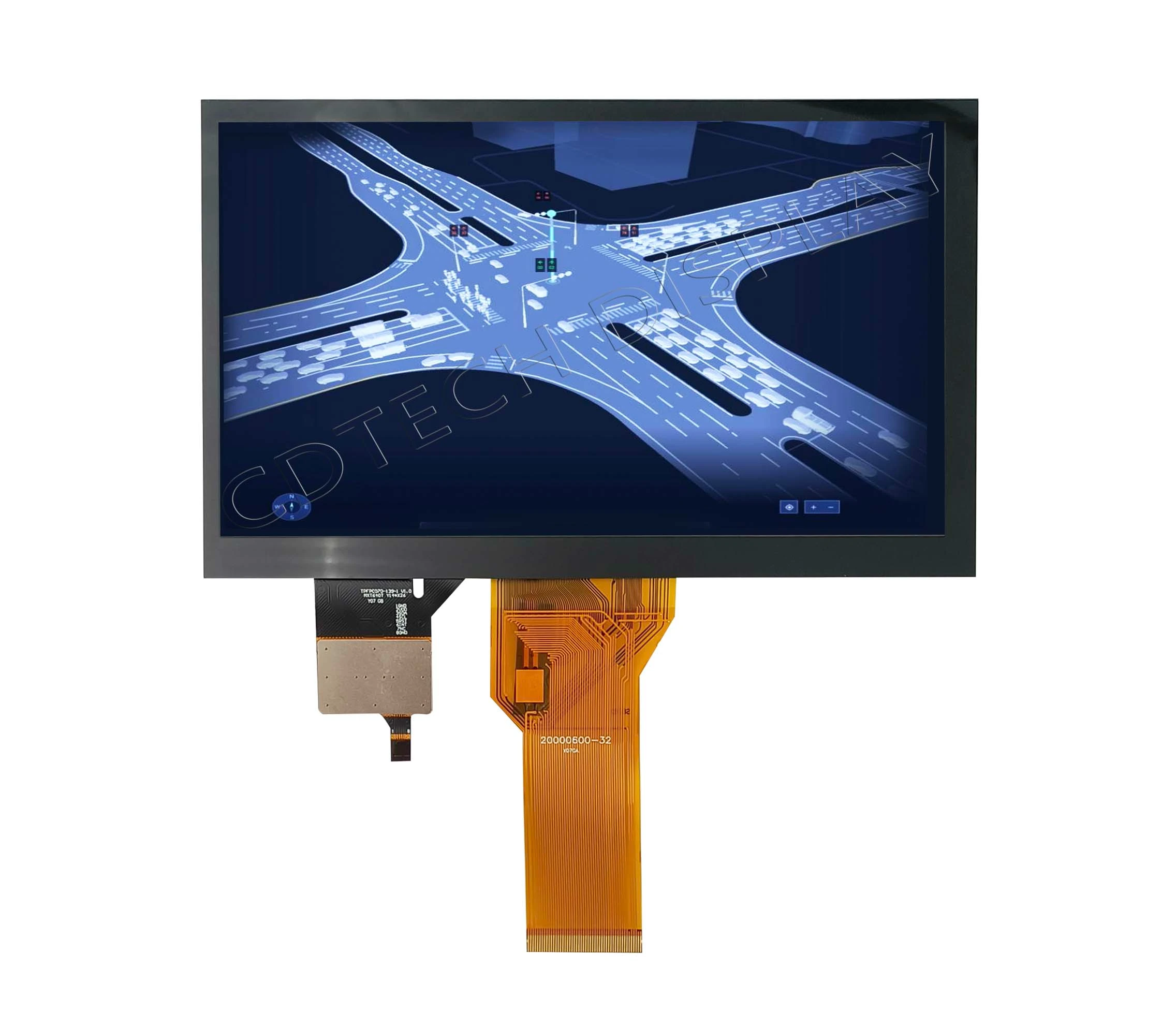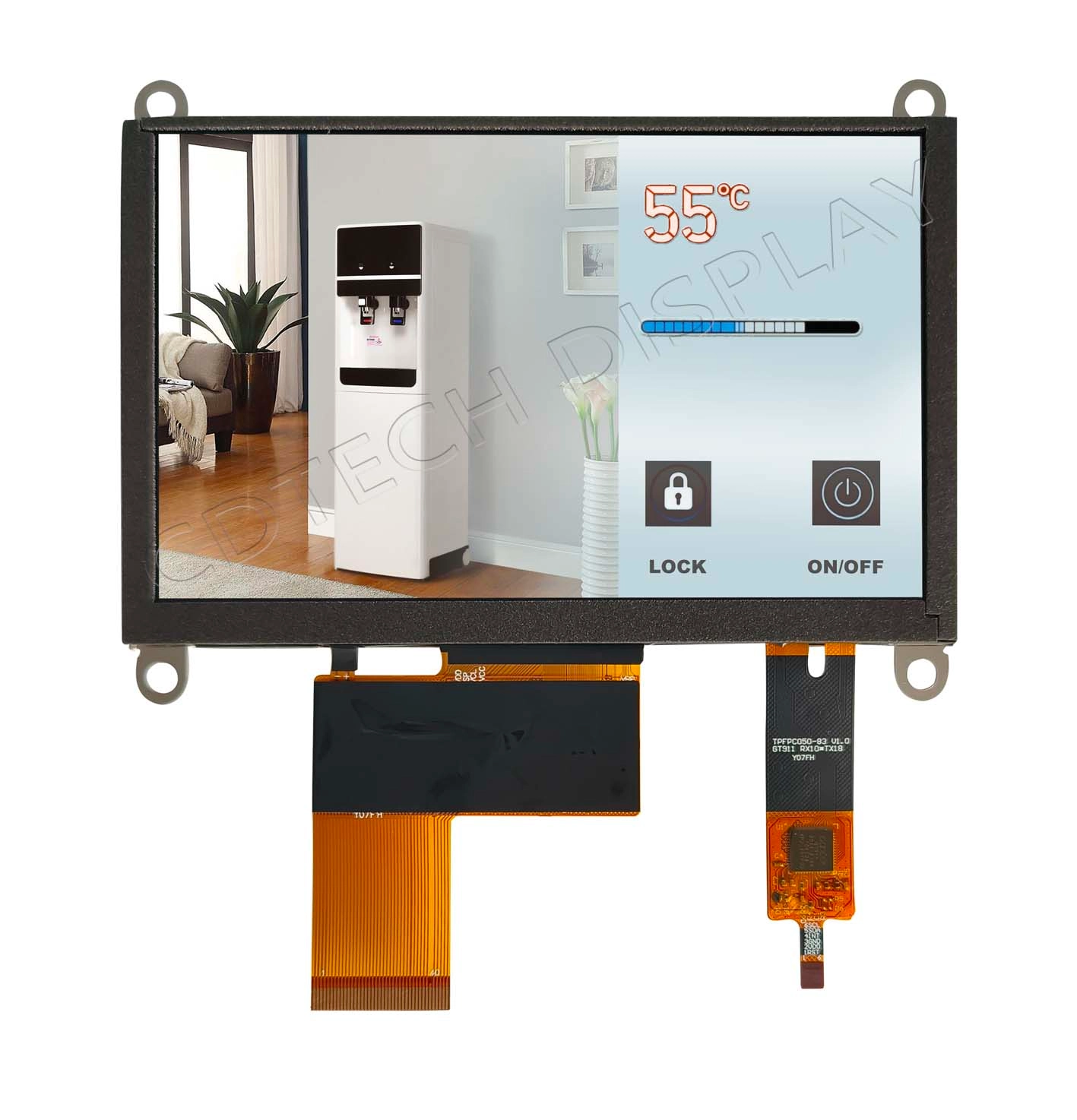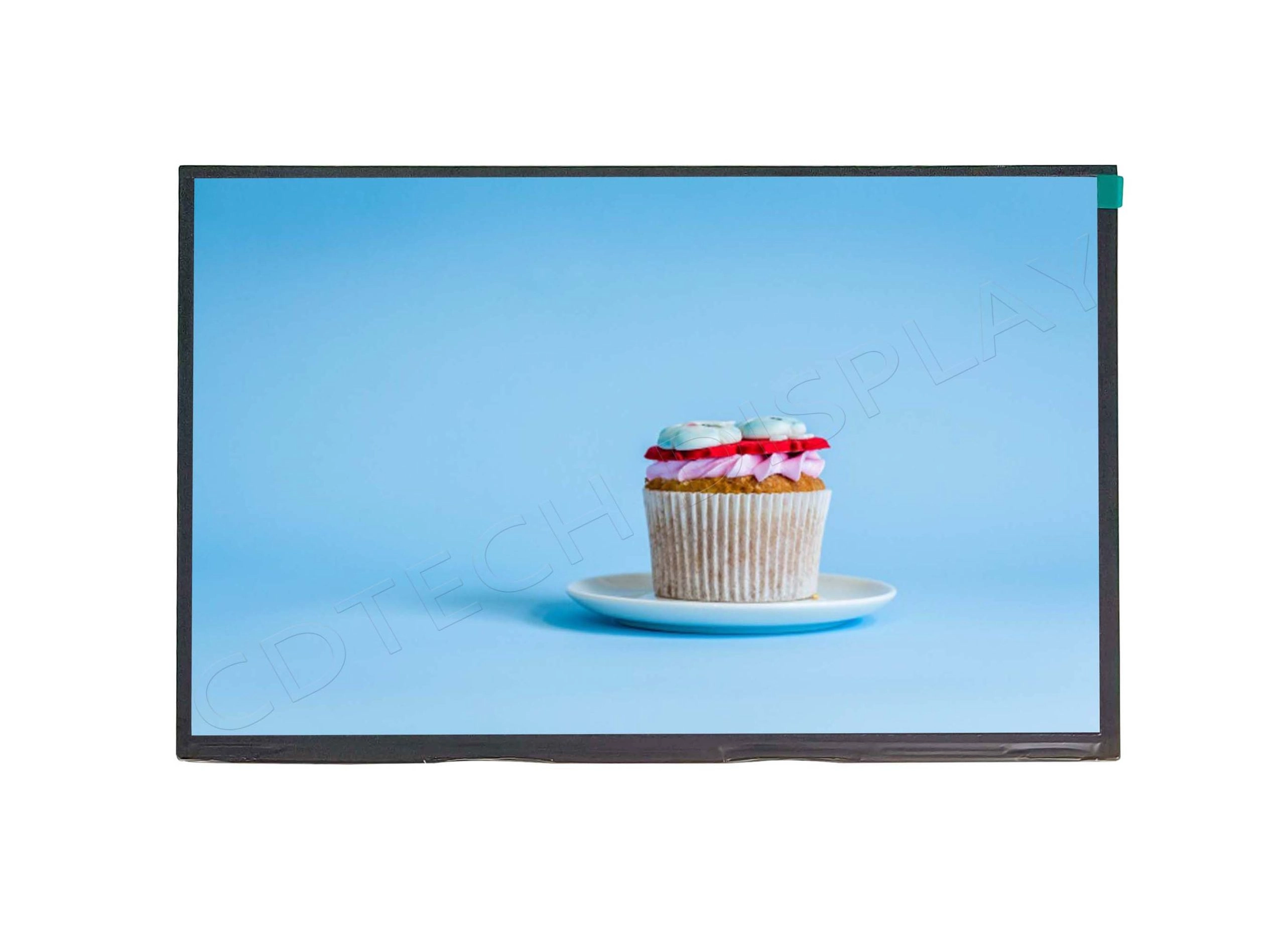Comparative Analysis of Resistive vs Capacitive Touch Screen Monitors
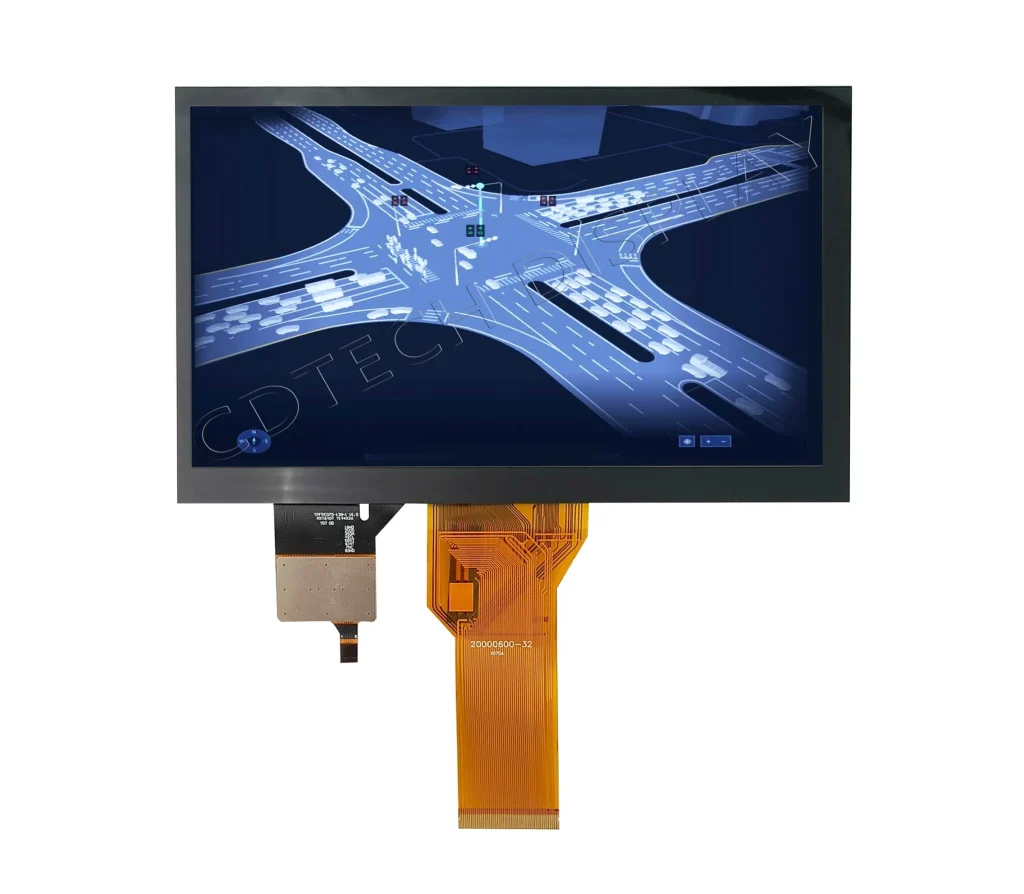
Key Differences Between Resistive and Capacitive Touch Screens
Sensitivity and Responsiveness
Pantallas táctiles resistivas use pressure-based technology. You press the screen, and two conductive layers meet. This logs the touch. They’re not as quick to pick up light taps. But they work with many items, like gloves or styluses. Capacitive touch screens sense the body’s electrical charge. They’re super sensitive and fast. This makes gestures like swiping or pinching feel smooth.
Capacitive screens offer a slick user experience. They react quickly and handle multitouch well. But they falter with gloves or non-conductive objects unless special tech is added. Resistive screens respond slower. Still, they’re great for precise tasks, like industrial jobs or stylus work.
Cost Efficiency and Market Applications
Resistive touch screens are cheaper than capacitive ones. Their basic design and older tech keep costs low. They’re perfect for budget-friendly uses. You’ll see them in ATMs, point-of-sale setups, and industrial machines where saving money is key.
Capacitive touch screens cost more. Their high-tech build and materials drive up the price. They dominate gadgets like smartphones, tablets, and laptops. Their sharp design and great performance make the cost worth it in markets that care about user experience over price.
Signal Processing and Interference Resistance
How Capacitive Screens Handle Electromagnetic Interference
Pantallas táctiles capacitivas have solid signal processing algorithms. These block out electromagnetic interference. They stay reliable in places with lots of electronic noise. They filter stray signals. This makes them fit for complex systems where interference could mess things up.
The Impact of Mechanical Vibrations on Resistive Screens
Resistive touch screens are more prone to mechanical vibrations. Their pressure-based system can misread shakes as touches. Vibrations can throw off input accuracy. But newer resistive tech has fixes for this. They’re now practical in industrial spots with vibrations.

Adaptability to Extreme Environments
Performance in Extreme Temperature and Humidity Conditions
Resistive touch screens do well in tough environments. They work across a broad temperature range. High humidity doesn’t faze them much. They don’t rely on electrical conductivity. This makes them awesome for outdoor use or rough places like factories or construction zones.
Capacitive touch screens are touchier about temperature shifts and moisture. New designs add protective coatings and materials to toughen them up. But without extra safeguards, they can struggle in extreme conditions.
Durability and Protective Features of Each Technology
Both technologies have durability suited to their roles. Resistive touch screens often feature rugged designs with protective layers. These shield against scratches and knocks. Capacitive touch screens use chemically strengthened glass. It resists scratches and keeps visuals sharp.
Choosing depends on the task. Resistive screens are best for harsh settings needing toughness against wear. Capacitive screens suit places wanting style and resistance to minor scratches.
Material Science and Sustainability Considerations
Conductive Layer Materials and Resource Implications
Resistive touch screens use indium tin oxide (ITO) for conductive layers. It’s clear and conductive but depends on rare indium. This sparks concerns about resource sustainability as demand climbs.
Capacitive touch screens also use ITO. But they’re trying new materials like silver nanowires or graphene. These cut reliance on scarce resources. They also boost flexibility and clarity.
Energy Consumption and Its Role in Sustainable Applications
Capacitive touch screens use less power than resistive ones. Their efficient signal processing helps. This matches eco-friendly trends in electronics where cutting energy use matters.
Resistive touch screens need more power. Their pressure detection uses extra circuits. It’s not a big issue for small setups. But it’s a factor when using many devices.
By grasping these differences between resistive and capacitive touch screens, you can choose wisely. Pick based on needs like sensitivity, durability, environmental fit, cost, or sustainability for industries or personal use.
Ethical and Health Implications in Human-Machine Interaction
Biocompatibility Concerns for Sensitive Users
Touch screens in everyday life raise biocompatibility worries for sensitive folks. Some are sensitive to light or electromagnetic fields. They may find certain screens tough. For example, if light bothers you and you don’t need pure black colors, LCD screens are better. They give off less blue light than OLED screens. This makes them kinder to the eyes for long sessions.
OLED screens save power and are slimmer than LCDs. But their higher blue light and flicker can bug some users. This shows makers need to craft solutions that balance health and performance.
Ergonomic Factors in Long-Term Usage Scenarios
Ergonomics matters in touchscreen design. Badly designed screens can strain you over time. Capacitive touch screens offer smooth, multitouch actions. But their gestures might tire you after hours. Resistive touch screens use pressure input. They allow styluses or gloves, easing finger strain.
Cdtech builds products with user ease in mind. Their resistive and capacitive solutions cut discomfort during long use.
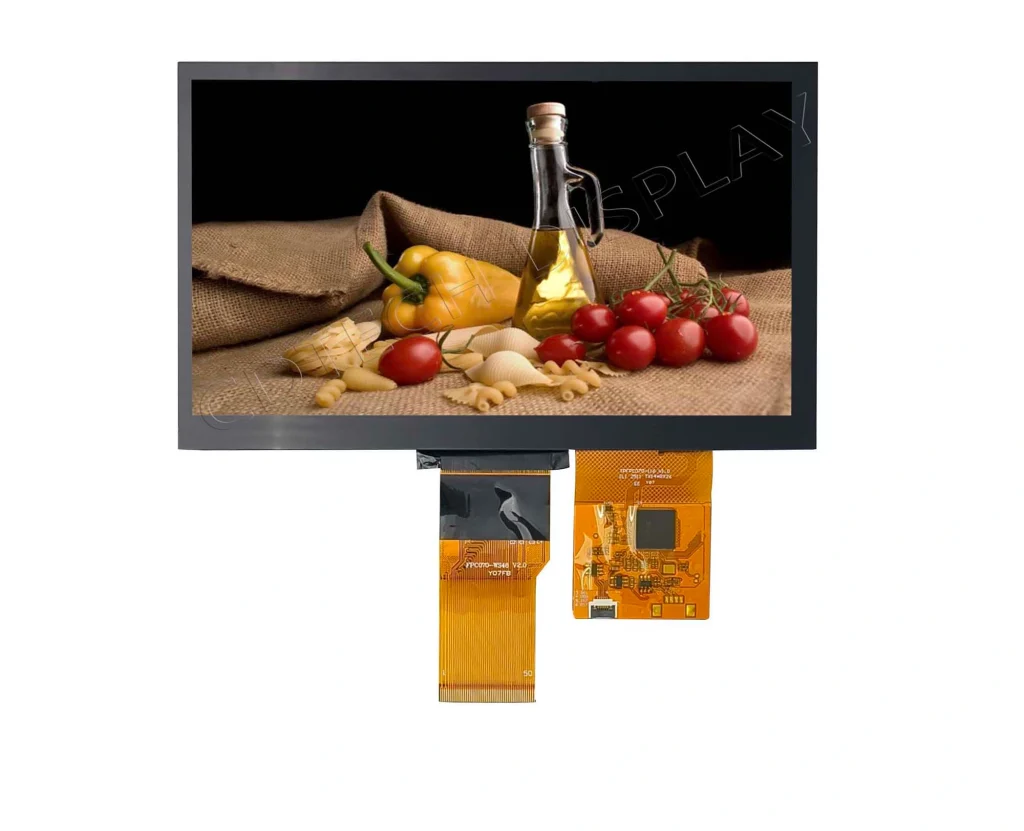
Integration with Edge Computing and AI Technologies
Multi-Touch Data Utilization for Advanced Algorithms
Edge computing and AI have reshaped multi-touch data use. Capacitive touch screens stand out here. They process multiple inputs at once smoothly. This lets advanced algorithms study user habits, tweak interfaces, and improve predictive tools.
In smart home systems or interactive kiosks, capacitive tech pairs well with AI platforms. Its high sensitivity and multitouch support create fluid experiences. They also use real-time data processing at the edge.
Single-Touch Simplicity for Low-Compute Environments
Resistive touch screens suit low-compute settings where simplicity is king. Their single-touch input lowers computing needs. This fits uses like industrial controls or medical devices where precision trumps complexity.
CDTech’s resistive touch solutions are made for these cases. They deliver steady performance without heavy computing power. This balance keeps simple setups running well with modern touch tech.
CDTech: Innovating Touch Screen Solutions
Overview of CDTech’s Product Offerings
CDTech leads in touch screen innovation. They provide a broad range of solutions for various industry needs. Their lineup includes advanced resistive touch screens, cutting-edge capacitive displays, and specialized products for specific tasks.
Advanced Resistive Touch Screen Solutions
CDTech’s resistive touch screens are crafted for precision and strength. They thrive in places needing exact input or tough conditions like extreme temperatures or humidity. Their solid build ensures steady performance across many uses.
Cutting-Edge Capacitive Display Technologies
CDTech’s capacitive displays mix sleek style with top function. They use chemically strengthened glass for durability and clarity. These screens handle daily wear while offering a great user experience. Their multitouch support makes them ideal for consumer electronics and digital signage.
Other Specialized Products by CDTech
Beyond resistive and capacitive tech, CDTech offers specialized products for unique needs. They provide ruggedized displays for industrial use and custom interfaces for medical gear. These highlight their focus on innovation and adaptability.
Preguntas frecuentes
P: What is the difference between resistive and capacitive touchscreen monitors?
A: Resistive touch screens operate on pressure-based technology that allows input through various objects like gloves or styluses. Capacitive touch screens rely on the electrical properties of the human body and support multitouch gestures but require direct skin contact or conductive materials.
P: Which type of screen is more durable?
A: Both types have unique durability features: resistive screens often include protective layers against scratches and impacts, while capacitive screens feature chemically strengthened glass surfaces resistant to minor abrasions.
P: Are capacitive touch screens suitable for outdoor use?
A: Capacitive screens are sensitive to environmental factors like temperature fluctuations and moisture but can be adapted with protective coatings. However, resistive screens generally perform better under extreme environmental conditions due to their simpler construction.
P: How do CDTech’s products address sustainability concerns?
A: CDTech incorporates innovative materials like silver nanowires in its capacitive displays to reduce reliance on finite resources such as indium tin oxide (ITO). Additionally, their energy-efficient designs align with sustainable practices in modern electronics manufacturing.

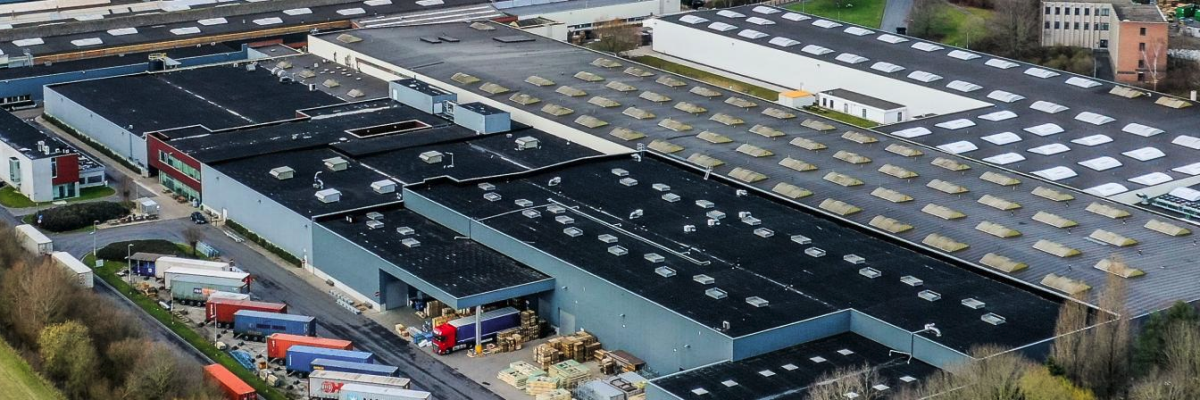
 2025-05-30
2025-05-30  11:50
11:50 